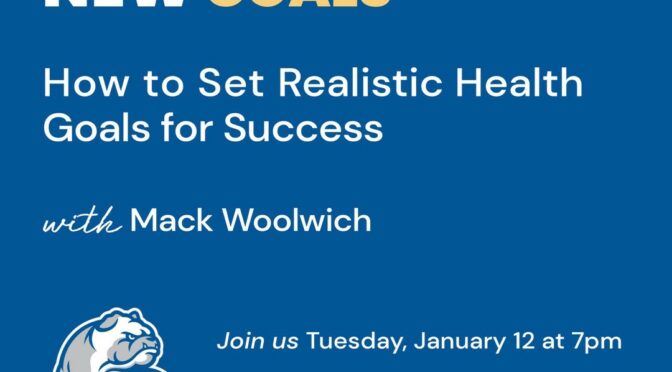Nominations are invited for the Principal Financial Global Citizenship Award, recognizing outstanding contributions to global engagement and internationalization of the campus and curriculum on the part of faculty or staff. The selected awardee will receive a plaque, up to $3,000, and will be announced at the 2021 Global Citizen Forum in March. A screening committee will review all nominations and make recommendations to the Provost. Nominations should be submitted to Bonnie Ehler at bonnie.ehler@drake.edu by Friday, Feb.12, 2021. Please review the following details:
A letter of nomination should be submitted recommending an individual for the award and explaining the context and manner in which the nominator has come to know the faculty or staff member. This letter should speak to the following qualifications:
Pursuant to the University’s mission to develop “responsible global citizens,” explain how the nominee has made outstanding contributions at Drake toward realizing the following:
- Serve as a global knowledge hub that brings value to external partners in local, national, and international settings.
- Infuse global and multicultural perspectives across the campus and curriculum.
- Develop infrastructure, resources, and communication systems to support internationalization and global engagement.
The nominee must be a faculty or staff member with at least four years of service at the University. The nominee cannot have won this award within the past five years. Faculty and staff members who report directly to Global Engagement are ineligible.
Nominees who indicate a willingness to be considered will be invited to submit a c.v. and a statement discussing their contributions to the above goals. One or two letters of support from faculty, staff, or students will be accepted (this is optional).
Any individual who was nominated for the award in 2020 may be re-nominated if the nominator resubmits a letter offering the individual for consideration this year. Files of previous nominees are maintained for one year. If a faculty/staff member is re-nominated, the nominator will be invited to review the file from the previous year to ensure that the nomination is as current as possible.
Past recipients include:
2020 – Jody Swilky, Ellis and Nelle Levitt Professor of English
2019 – Pramod Mahajan, associate professor of pharmaceutical sciences, pharmaceutical, biomedical and administrative sciences
2018 – Tim Knepper, professor of philosophy
2017 – John Rovers, professor of pharmacy & health sciences, pharmaceutical, biomedical and administrative sciences
2016 – Ellen Yee, professor of law
Nomination letters are due by Feb. 12, 2021, and should be sent as an attachment to bonnie.ehler@drake.edu. Questions may be directed to Annique Kiel, executive director of Global Engagement and International Programs, at annique.kiel@drake.edu.
— Annique Kiel, Global Engagement

